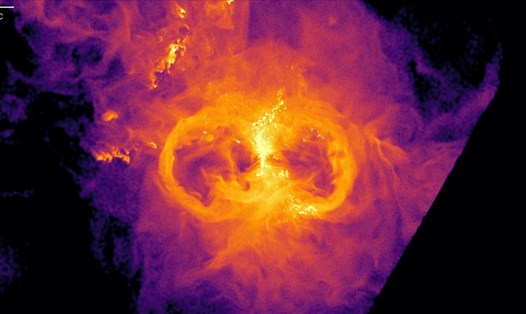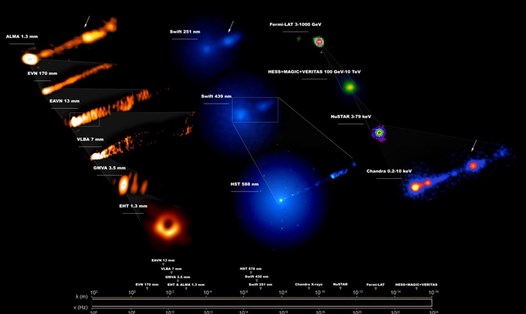Physicists say that by analyzing attractive waves from space, they have proven the theory developed by physicist King Stephen Hawking in the 1970s that black holes cannot reduce surface area over time, which is true.
RT reported that in a study published on June 14, scientists from the Massachusetts Institute of Technology (MIT) and Cornell University in the US shared their findings from a research project analyzing the waves in space created by two rotating black holes merging into a larger black hole.
The waves are being studied as the first attractive waves ever identified, discovered by the laser Inter Letter attractive wave observation (LIGO) in 2015.
Dividing the attractive wave data into segments before and after the black holes merged, the researchers calculated the surface area of the black holes in both periods.
Physicists found that the surface area of the new black hole was actually larger than the initial two black holes combined. The discovery confirmed a theory by famous scientist Stephen Hawking in the 1970s, in which he claimed that black holes cannot reduce surface area because it reflects a physical law, that entropy or disorders cannot decrease over time.
The radiation theory proposed that the surface area of black holes will not increase automatically, but when an object enters it, it will increase in volume and therefore its surface area will increase.
While flying objects can cause black holes to rotate, reducing the surface area, the increase in size because the additional volume will always be larger than the lost size during rotation.
This is the first time we have been able to give a figure on this issue, said MITs Maximiliano Isi.
The premise also comes from Albert Einstein's broad relativity theory that describes physics and the relationship behind black holes and attractive waves.









